D. H. Lawrence in the East Midlands: Virtual tour
D. H. Lawrence has strong links with his home in Eastwood, not far from Nottingham. Not only did he spend his formative years here but he also drew widely on the places and characters of the area, captured vividly in his famous works.
Here you can take a virtual tour around the area and discover his influences, as well as places of interest for you to visit. There is an Image and Text alternate below the Flash Virtual Tour.
Directions to the University
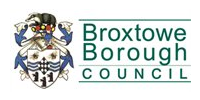
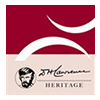

Image and Text alternative to Flash Virtual Tour
The University of Nottingham

- D. H. Lawrence Statue
A life-size bronze statue of D.H. Lawrence is located outside the Law & Social Sciences building on the University of Nottingham’s 100-acre University Park campus.
- D. H. Lawrence Pavilion
In autumn 2001, the D.H. Lawrence Pavilion was added to the Lakeside complex on the University Park campus. Set on the edge of the lake, this £600,000 development has added to the University's collection of architectural honours with awards for craftsmanship, a Civic Trust and a short-listed place for the RIBA Award for Architecture Award.
Fittingly, the first exhibition at the D.H. Lawrence Pavilion displayed material from the D.H. Lawrence manuscripts that the University acquired through a bequest from London businessman, George Lazarus.

- Nottingham High School
At the age of 12, Lawrence became the first boy from Eastwood to win a County Council scholarship to the prestigious Nottingham High School. However, Lawrence failed to distinguish himself and made few friends. He left in 1901 with little to show for the experience. The school itself has been around since the early 16th century and has about 800 fee-paying pupils. There is also a Nottingham High School for Girls.
- Arkwright Building - Nottingham Trent University
This wonderful Victorian building belonged to the University College Nottingham where Lawrence studied as a teacher. Although he disliked student life it did inspire him to write the poem 'From a College Window'. The building was later sold and is now known as the Arkwright building and part of Nottingham Trent University.
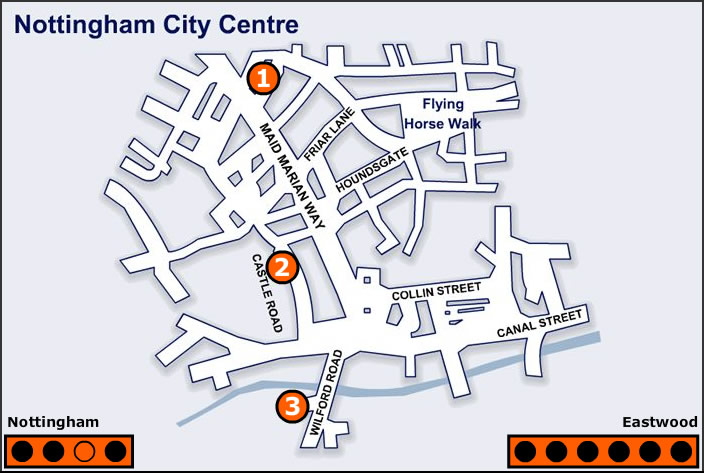
- Local Studies Library
Central Library in Nottingham city centre boasts an extensive range of material by and about Lawrence. Along with texts (including early editions), bibliographies and critical works, there are television scripts, copies of letters and photographs. There are also many interviews with, and books by and about, people who knew him. The library’s oral history collection has several recordings made by Lawrence’s family, friends and acquaintances, as well as dialect readings and plays. Some tapes and other works are available to lend.
- Museum of Nottingham Life
Close to Nottingham Castle and next to the famous Trip to Jerusalem pub, the museum charts the social history of Nottingham life over the past 300 years. The museum is made up of five 17th century cottages and includes a plaster cast of D.H. Lawrence’s signature taken from his school desk upon which it was carved.
- Nottinghamshire Archives
The County House in Nottingham holds several Lawrence collections of original letters, including:
- Lawrence to William and Sallie Hopkin (1910-1929, DD670/1/1-37)
- Frieda Lawrence and Jessie Wood (nee Chambers) to the Hopkin family (1912-1952, DD670/2/1-17)
- Lawrence to Mr and Mrs Douglas Clayton (1913-1916, M9487-9526)
- The Lawrences to Dr Andrew and Dorothy Morland (1930, DD791/1-6)
There are also notes by Nottingham librarian David Gerard on ‘What Eastwood feels about Lawrence today’, (1968, M24, 204).
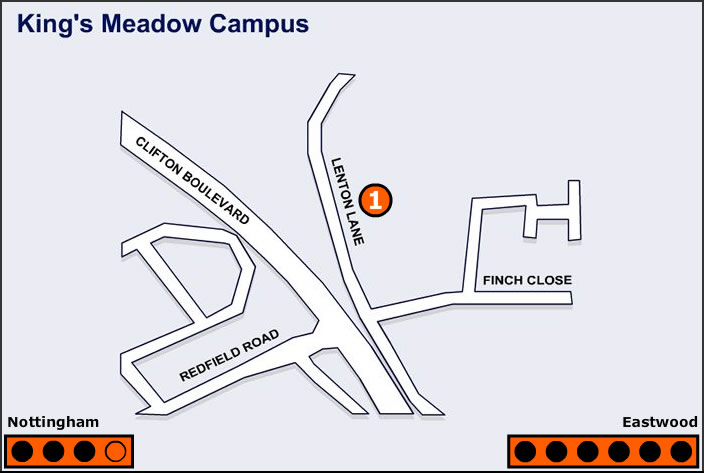
- King's Meadow Campus
One of the largest collections on D. H. Lawrence is held by the University’s Manuscripts and Special Collections Department, currently located at the King's Meadow Campus of The University of Nottingham. Heritage Lottery funding has allowed the University to catalogue the printed and manuscript collections into a major international research resource for the study of D. H. Lawrence.

- Durban House
Dating back to 1876, this grand house is the former wages office for the Barber, Walker & Co coalmining company, where a young D.H. Lawrence would often collect his father’s wages. The building was later converted into flats for the company’s managers, but by the 1980s had fallen into disrepair. The local council bought the property in 1995, refurbished it to its former glory and reopened it in 1998 as the Durban House Heritage Centre. It now houses an interactive exhibition on D.H. Lawrence and the region’s Victorian past.
- Princes Street
Running perpendicular to Victoria Street, where Lawrence was born, Princes Street includes the area of housing known as the Buildings. These distinctive two-storey terraced houses were provided for industrial workers in the mid-19th century.
- The Mechanic's Institute
A former miners’ welfare frequented by D.H. Lawrence’s father and the other industrial workers of Eastwood.
- D. H. Lawrence Birthplace Museum
Alongside Durban House Heritage Centre, Lawrence’s birthplace and former home at 8a Victoria Street is the other major Lawrence attraction in Eastwood. The terraced house has been turned into a museum, offering visitors a unique chance to step back in time and experience what the house would have been like in the late 1800s. There’s also a gift shop where you can buy Lawrence memorabilia.
- Congregational Chapel & British School
D. H. Lawrence was born into a deeply religious household and would attend the picturesque Congregational Chapel on Albert Street with his family. In later years he would lose his religious conviction.
Close to the Congregational Chapel was the British School where Lawrence spent three years as a pupil-teacher prior to studying for his teacher’s certificate at University College Nottingham. Lawrence commented: “When you've done the day’s teaching all your brightness has gone. By the time I get back to the writing I'm another man.”
- The Breach House - 28 Garden Road
In 1887 the Lawrence family moved to 5 The Breach (now 28 Garden Road), and lived here until 1891. This was a step up for the Lawrences – a better home with a scullery, porch and large private garden. Since it was an end house, the Lawrences paid an extra sixpence (two and a half pence) per week rent. The house is privately owned but is run as a literary centre on behalf of the Association for Young Writers and an International Students' Society. The ground floor and garden remain much as they were in the 1890s and are open to visitors by appointment.
- Lyncroft House - 97 Lyncroft
97 Lynncroft was the fourth Lawrence family home and is where his mother Lydia died in 1910. This was the finest of their houses in Eastwood, semi-detached and higher up the valley. While living here, Lawrence worked as a pupil-teacher at the British School in Albert Street.
- Walker Street House
Another Lawrence family home, which inspired D. H. Lawrence to later write: “If you’re in those parts again, go to Eastwood, where I was born… go to Walker Street and stand in front of the third house and look across at Crich on the left, Underwood in front, High Park Woods and Annesley on the right. I know that view better than any in the world… that’s the country of my heart.”
- Three Tuns Pub
The Three Tuns public house in Eastwood was a favourite haunt of D.H. Lawrence. In fact, he wrote much of Sons and Lovers here. In the book he renames the pub The Moon and Stars.
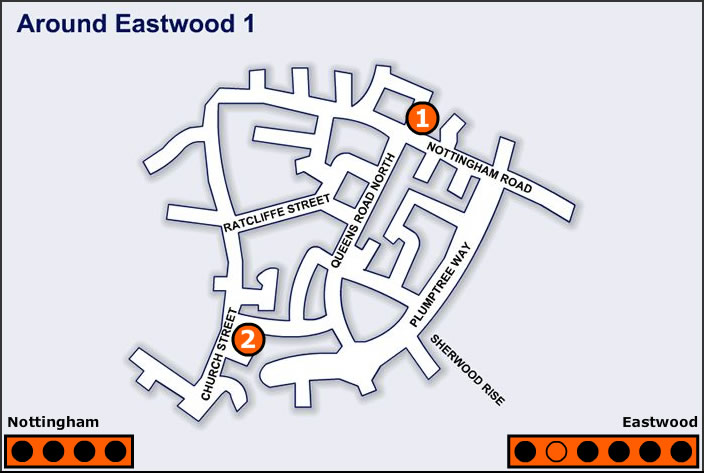
- Eastwood Library
The public library contains an extensive collection of books and other material by and about Lawrence. This includes the Hopkin collection, which features many personal letters and first editions. While you’re here, you can also view the headstone from Lawrence’s grave, which is on display. Outside is a sculpture depicting the mining area that influenced his writings.
- Eastwood Cemetery
At the peaceful Eastwood Cemetery you’ll find the Lawrence family grave where mother, father and brother Earnest are buried. Lawrence himself died on 2 March 1930 aged just 44 and was buried in Vence, France. He was later exhumed at the behest of his widow Frieda and his ashes scattered in New Mexico.
At the peaceful Eastwood Cemetery you’ll find the Lawrence family grave where mother, father and brother Earnest are buried. Lawrence himself died on 2 March 1930 aged just 44 and was buried in Vence, France. He was later exhumed at the behest of his widow Frieda and his ashes scattered in New Mexico.
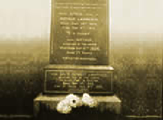

- D. H. Lawrence Greasley Beauvale School
D.H. Lawrence attended the school from 1893 to 1898, where he didn’t fit in and was often bullied. Although he only did moderately well, he became the first person to win a scholarship to Nottingham High School. As you can see, the school is a striking series of red-brick gothic-style buildings with turrets and high gabled roofs.
- Old Ram Inn
The modern Ram Inn sits opposite a small white cottage, which used to be the original inn. D. H. Lawrence refers to it in his first novel, The White Peacock.

-
Greasley Church
This church was written about by Lawrence as Greymede Church in The White Peacock and Minton Church in Sons and Lovers. It harks back to medieval times and features a 15th century tower. Largely rebuilt in the late 1800s, the church stands on prominent high ground, forming a landmark that can be seen for miles around.
This church was written about by Lawrence as Greymede Church in and Minton Church in . It harks back to medieval times and features a 15th century tower. Largely rebuilt in the late 1800s, the church stands on prominent high ground, forming a landmark that can be seen for miles around.
Underwood around Eastwood

- Felley Mill Farm & Pond
The principle setting for The White Peacock (referred to as Strelley Mill), the farm is sadly largely derelict. The pond and mill’s remains are still there.
- Haggs Farm
The farm was always close to D. H. Lawrence’s heart and he fictionalised it as Willey Farm in Sons and Lovers. It was the home of the Chambers family, with who Lawrence was very close. He was particularly close to the daughter, Jessie; portrayed as Miriam in the same book. In his early life, she was his intellectual equal and lover and at one time they were engaged. In a letter to her brother David, Lawrence once wrote: “Whatever I forget, I shall never forget the Haggs - I loved it so. I loved to come to you all, it really was a new life began in me there.”
The farm was always close to D. H. Lawrence’s heart and he fictionalised it as Willey Farm in . It was the home of the Chambers family, with who Lawrence was very close. He was particularly close to the daughter, Jessie; portrayed as Miriam in the same book. In his early life, she was his intellectual equal and lover and at one time they were engaged. In a letter to her brother David, Lawrence once wrote: “Whatever I forget, I shall never forget the Haggs - I loved it so. I loved to come to you all, it really was a new life began in me there.”
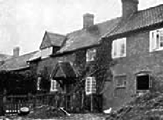
Moorgreen Reservoir & Brinsley

- Brinsley Colliery
The pit where Lawrence’s father Arthur worked has long since closed, but you can still see the iconic pit headstocks, which were returned to the site when the mining museum at Lound Hall closed. The colliery was also used for scenes in the film version of Sons and Lovers and visitors there can now enjoy a picnic site and conservation area.
- Vine Cottage
Close by to Brinsley Colliery was this small, quaint cottage, home of D. H. Lawrence’s Aunt Polly. The death of her husband in a mining accident inspired Lawrence to write about her life in the short story 'Odour of Chrysanthemums'. It was later dramatised as The Widowing of Mrs Holroyd.
- Moorgreen Reservoir
Constructed at the end of the 18th century to supply water to Erewash, Nottingham and Cromford canals, Moorgreen Reservoir remains an attraction for bird watchers and walkers alike. Surrounded by trees, with hills to the north, Lawrence used this setting in two of his books; he called it Nethermere in The White Peacock and Willey Water in Women in Love.
- Beauvale Priory
Referred to as The Abbey in The White Peacock, the priory was founded in 1343 by Nicholas de Cantelupe, Lord of Greasley and part of a powerful Norman family. All that remains today are sections of wall, which now form part of a farm.
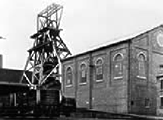
Back to top